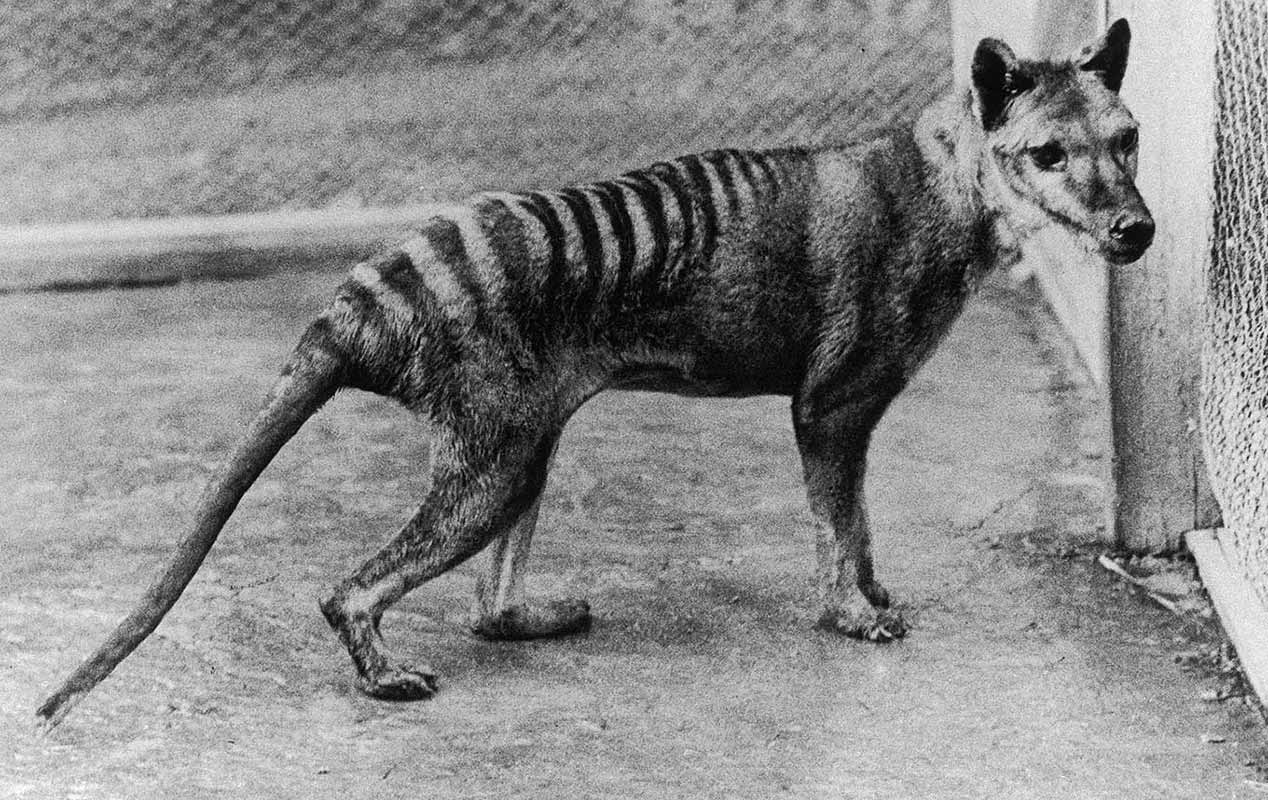Opinion
Every time someone blithers about “resurrecting” an extinct species like the Tasmanian Tiger or the woolly mammoth, the first question we should ask is: why?
The next, and probably most important, question should be: is it at all ethical?
To paraphrase Jurassic Park, are these people too preoccupied with “could”, and not with “should”?
The woolly mammoth, like the dinosaurs of Jurassic Park, “had their shot and nature selected them for extinction”. Sure, human hunting may have played a part, but it’s pretty obvious that the warming climate of the Holocene did most of the heavy lifting in extincting the mammoths. Even blaming human hunting begs the question: why is human hunting not natural selection, but, say, predation by lions is?
While I naturally feel immense regret over the loss of the thylacine, who were almost certainly ultimately knocked off their perch by hunting, the obvious fact is that thylacines were already living on the margins of extinction. The species had already gone extinct on the Australian mainland millennia earlier.
But, all that aside, is it really ethical to resurrect a species which is certainly doomed to go extinct again in a generation?
A Texas oil heir’s quest to make Dallas a hub for biotech is showing signs of paying off, potentially paving the way for scientific discoveries ranging from reviving extinct species such as the woolly mammoth and the Tasmanian tiger to treatments for cancer.
Lyda Hill, the 81-year-old granddaughter of wildcatter H.L. Hunt, has funnelled millions of philanthropic and investment dollars into developing the industry in her hometown. In September, her marquee project, an office campus modelled after the Kendall Square innovation district near MIT, scored a big win when it was named one of the three headquarters for the federal government’s new health research institutes […]
Winning the research institute caps a successful start for Hill’s 30-month-old campus, known as Pegasus Park. One of its most notable tenants is the “de-extinction” startup Colossal Biosciences that is seeking to revive the woolly mammoth along with the Tasmanian tiger and other long-gone species. The company — which has a valuation of $US1.45 billion ($2.17 billion), according to a person familiar with the matter — reached an agreement for the Mauritian Wildlife Foundation to host dodo birds if it’s successful in reviving them.
The Age
The problem, though, is a lack of remnant dodo DNA. There are no intact dodo cells remaining. Scientists have extracted fragments from a single specimen. So, we’re currently looking at, not a true dodo, but a kind of chimaera. And just the one of them.
Thylacines are in a similar bind. There are barely more than a dozen known relics of the thylacine in existence. Even if DNA could be extracted, the amount of genetic variation is surely so tiny as to be unviable as a breeding population.
It smacks of the hubris of a Frankenstein to “resurrect” a handful (at best) of individuals, who are doomed to go extinct again in a generation.
Unless, of course, scientists plan on endlessly recycling the same handful of individuals, ad infinitum. Kind of like Groundhog Day meets Jurassic Park.
Call me weird, but I find the whole thing more than a little bit repellent.

